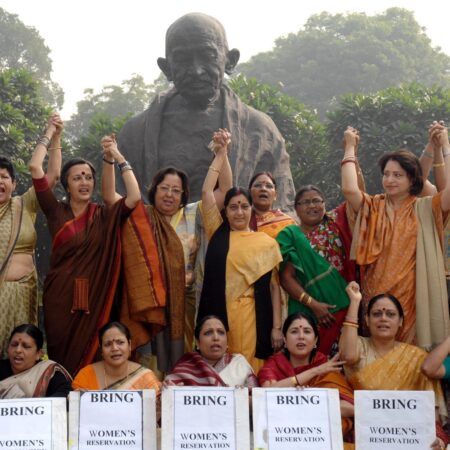The subject of court pending cases has received a lot of attention throughout the years. But according to statistics from the National Judicial Data Grid, there are many phases and kinds of cases to take into account when analysing the issue of judicial pendency in the nation.

4.19 billion cases are now pending in district and taluka courts all throughout the nation. The Supreme Court has a total of 70,310 outstanding cases, compared to 49.48 lakh cases throughout the 25 high courts.
The district courts are now hearing more than 100,000 cases that are over 30 years old. 493232 active cases have a median age of 20 to 30 years. While 28.93,820 (more than 29 lakh) are 10 to 20 years old.
These consist of:
41,434 in Uttar Pradesh
14,363 in West Bengal
23,522 in Maharashtra
and 11,703 in Bihar
In addition to this, there are a total of 68,744 cases in the 25 high courts that have been outstanding for more than 30 years.
Over 50,000 cases are handled by the Allahabad High court alone.
At the same time, more than 10 lakh cases (10,58,502) are between 10-20 years old, while over two lakh cases (1,80,903 cases) in the high courts are between 20 and 30 years old.
Cases pending in the High Court for more than 30 years in Allahabad, 50637, Bombay, 319, Calcutta, 10779, and Patna, 2689
Why the justice pendency, however?

The causes of the delays are also apparent from a review of the data. The data shows that a significant proportion of cases are pending because the parties get a stay from the higher courts, despite the fact that in public discourse the responsibility is placed on numerous petitions and applications made by various parties to the cases.
Getting the accused to the court’s hearing also contributes significantly to the length of time it takes to resolve a criminal case.
According to NJDG statistics on delay causes, the following delays have these causes:
29482 (43.60%) people secured presence
Remaining: 17699 (26.18%)
10481 (15.50%) is the pending record
7074 (10.46%) were left unattended
2769 (4.10%) Applications Made Frequently
Court delay
Both the causes of the delays and the phases at which cases are still pending in civil and criminal matters vary. At the same time, distinct disposition trends can be seen among states depending on the kind of case—writ petitions, petitions, appeals, revisions, reviews, etc.
The information on court vacancies also reveals the reasons why cases are not heard for protracted periods of time.

58 of the 160 seats in the Allahabad High Court, which has the highest number of cases pending and the highest number of cases filed, are unoccupied. 1126 positions remained empty in the district courts of Uttar Pradesh in July 2022 despite a sanctioned strength of 3634 judges to handle cases, according to information provided to Parliament by the Law Ministry.
With 50 seats on the bench, the Rajasthan High Court has 23 vacancies, while the Bombay High Court has 32 vacancies despite having a sanctioned strength of 94 justices.
Concerns concerning the amount of judges, court employees, and courtrooms available across the nation to address the issue of pendency have also been voiced by the Supreme Court and the government at the federal level and in the states.













